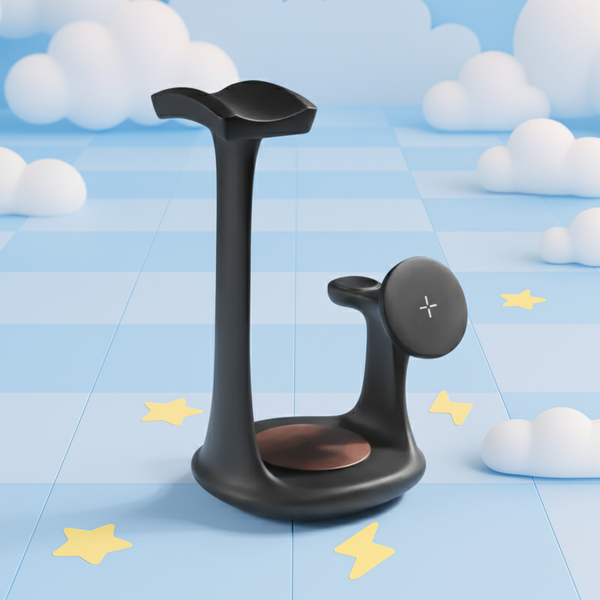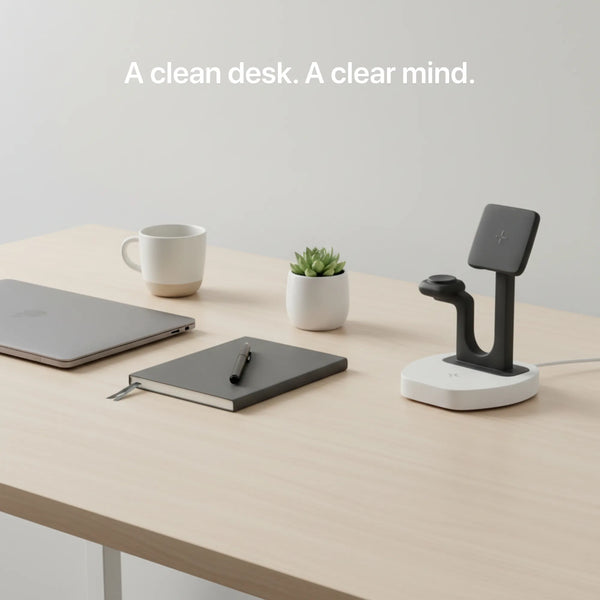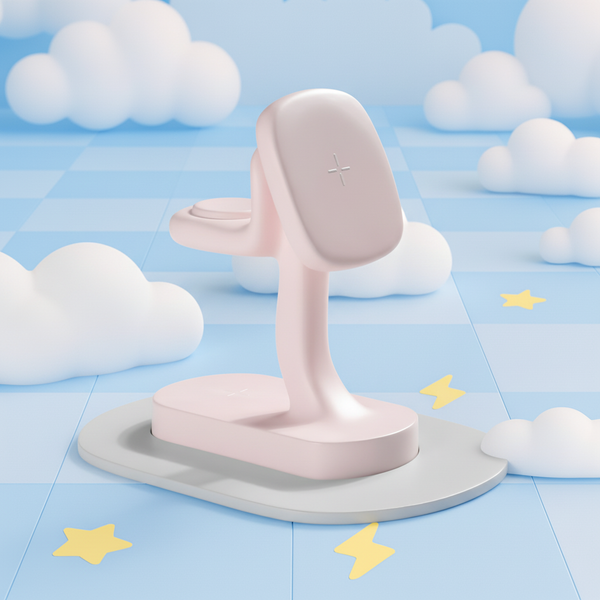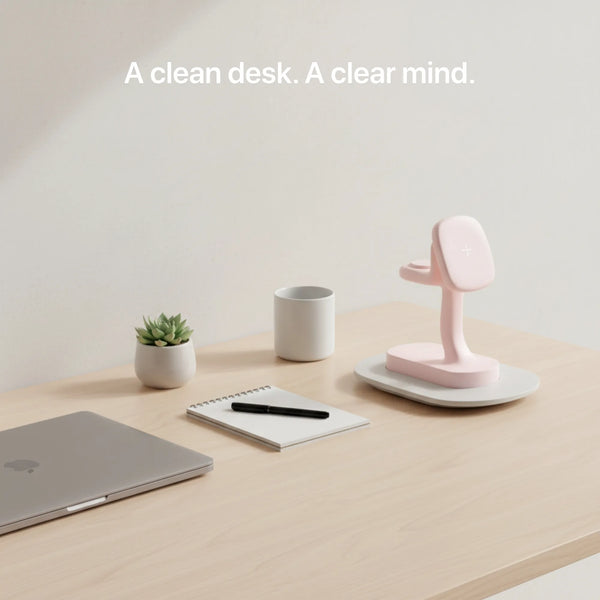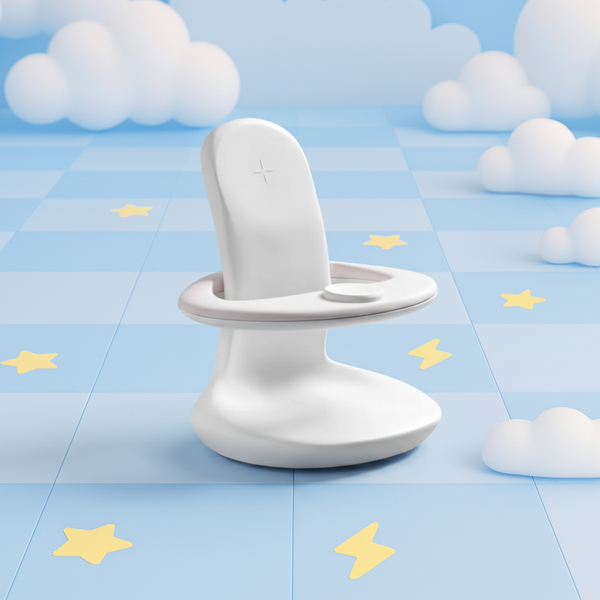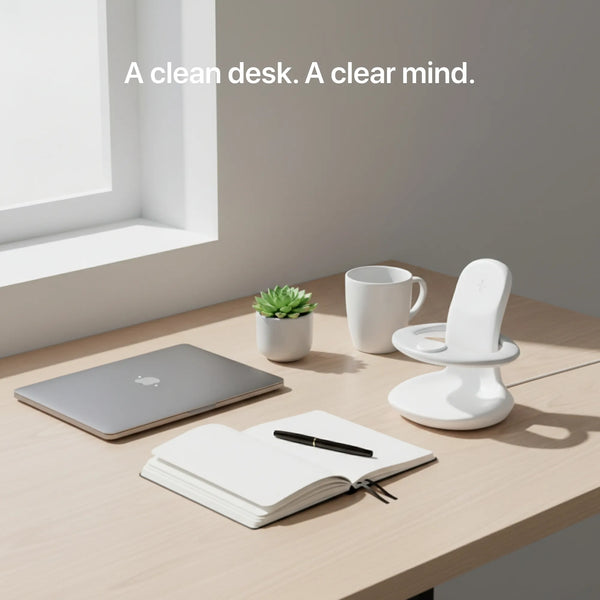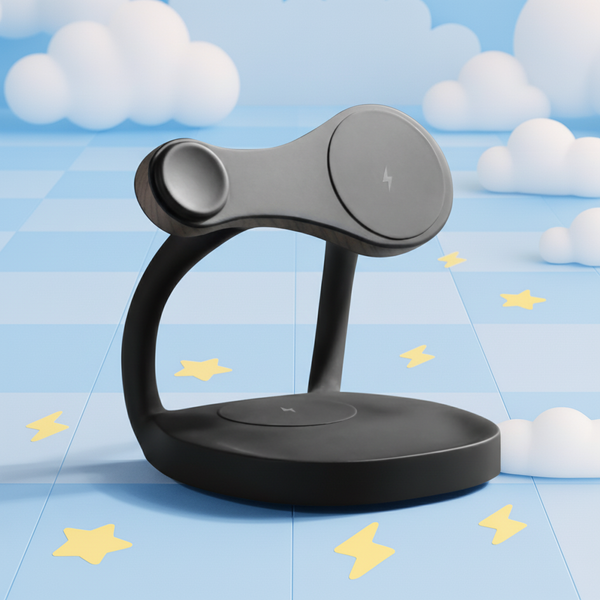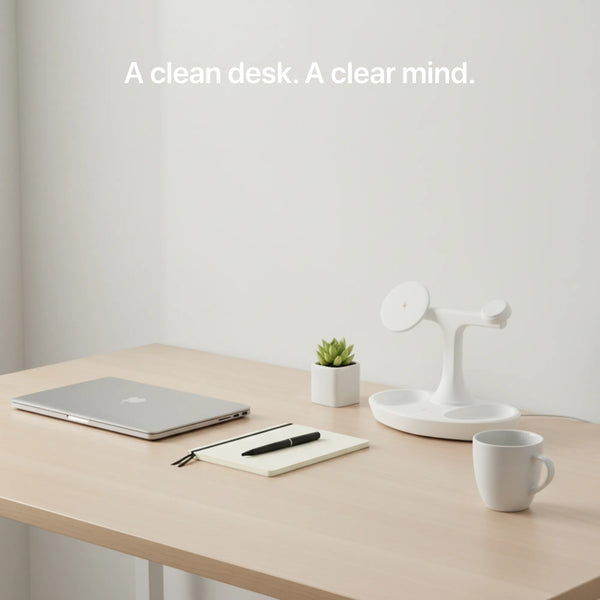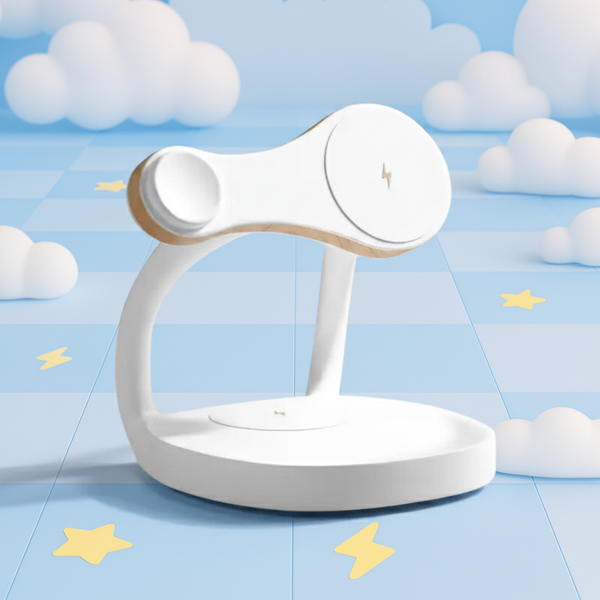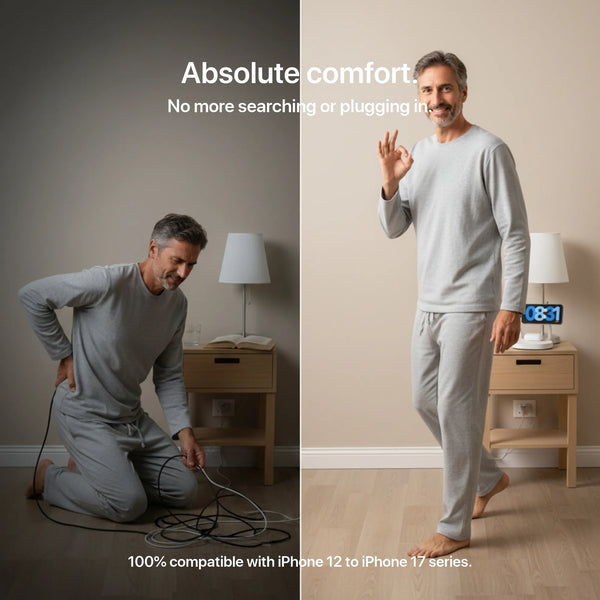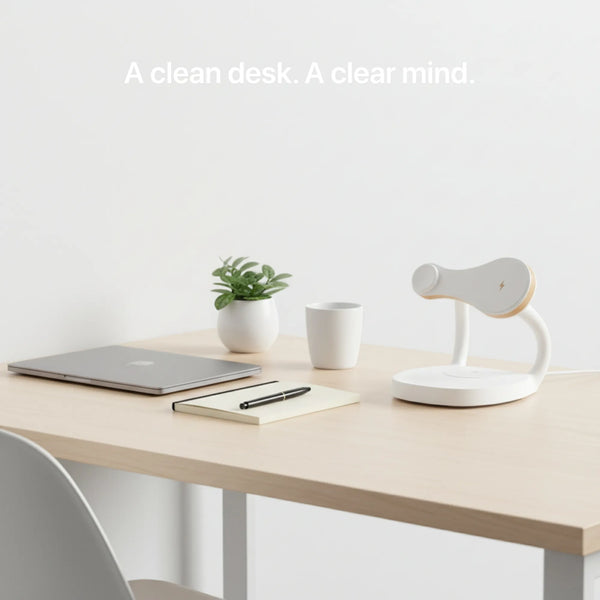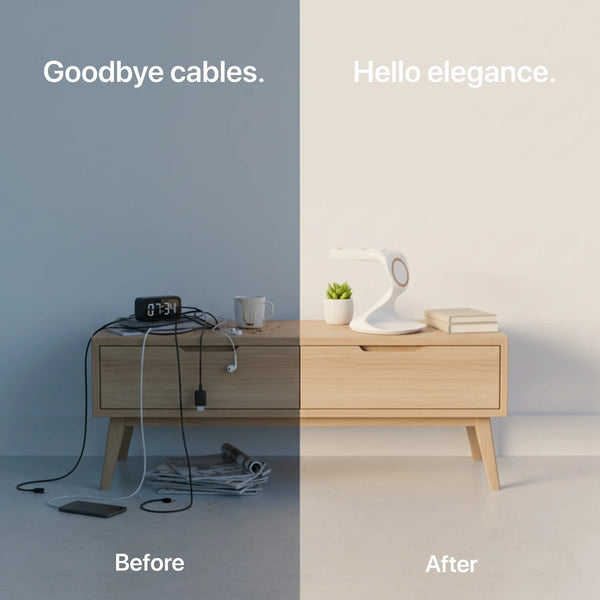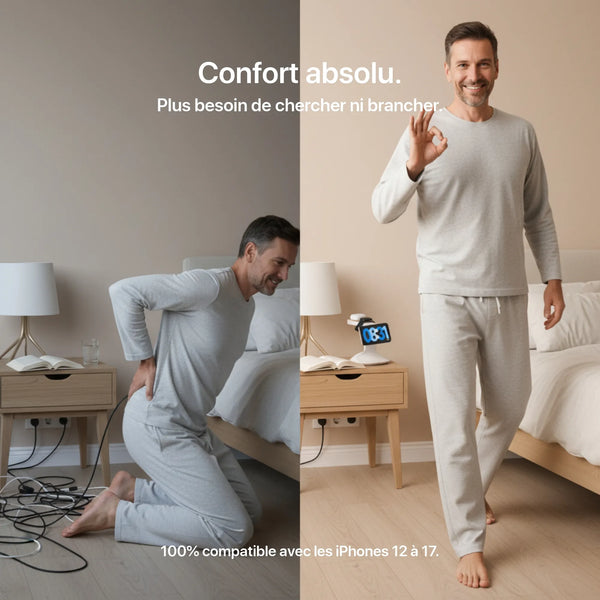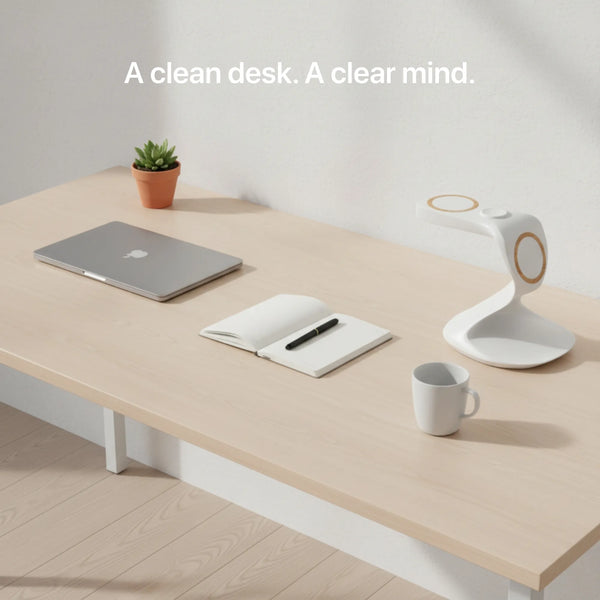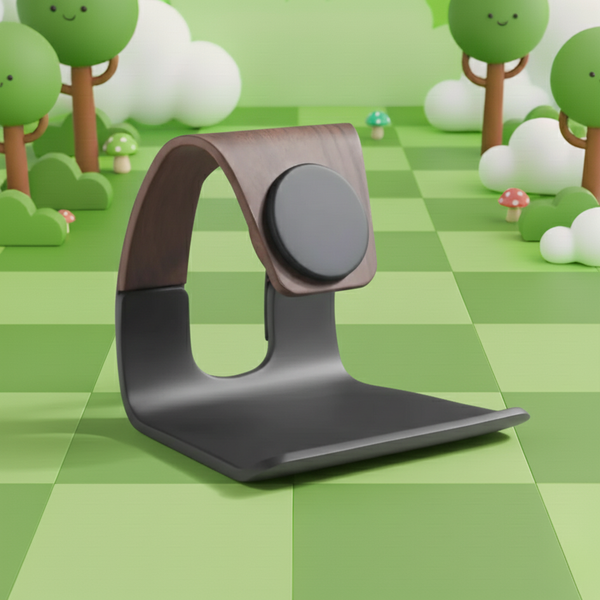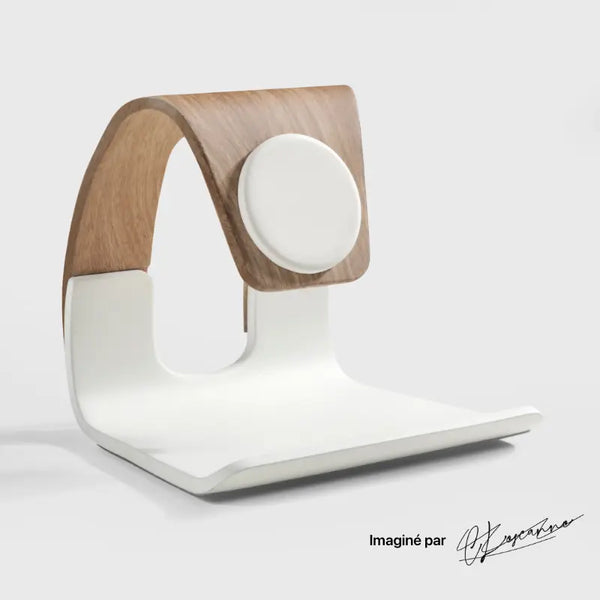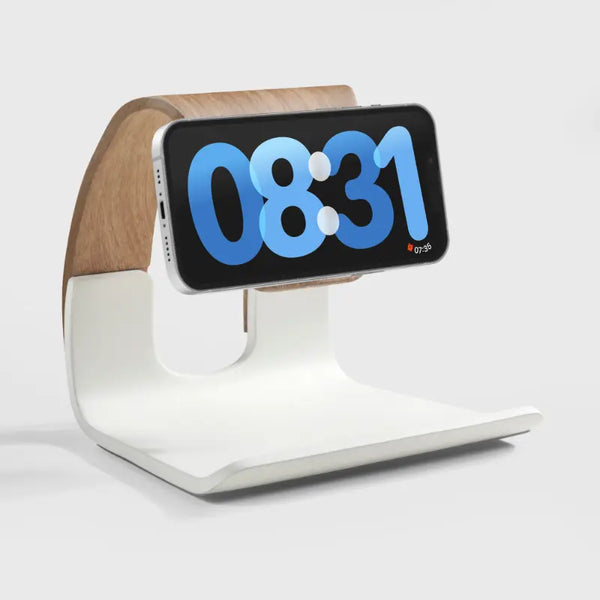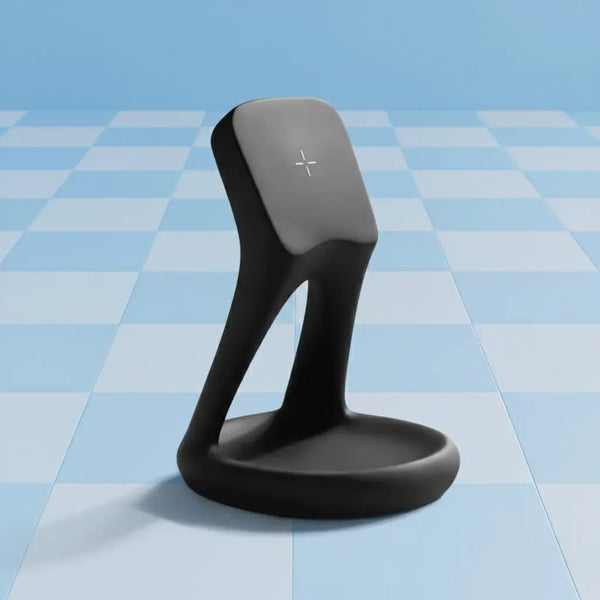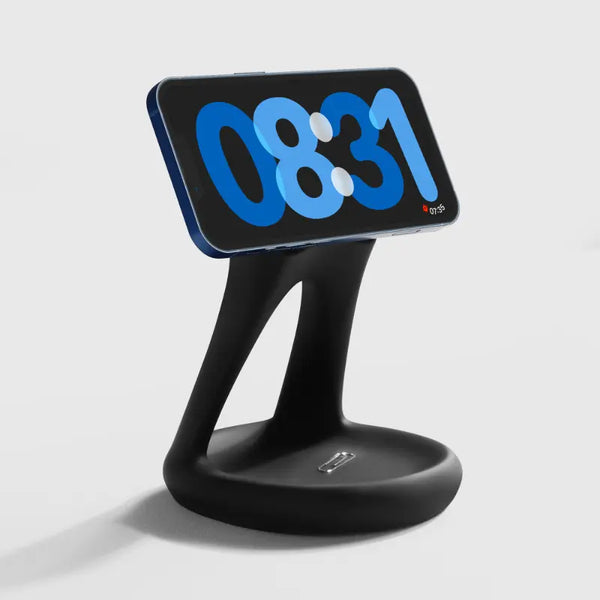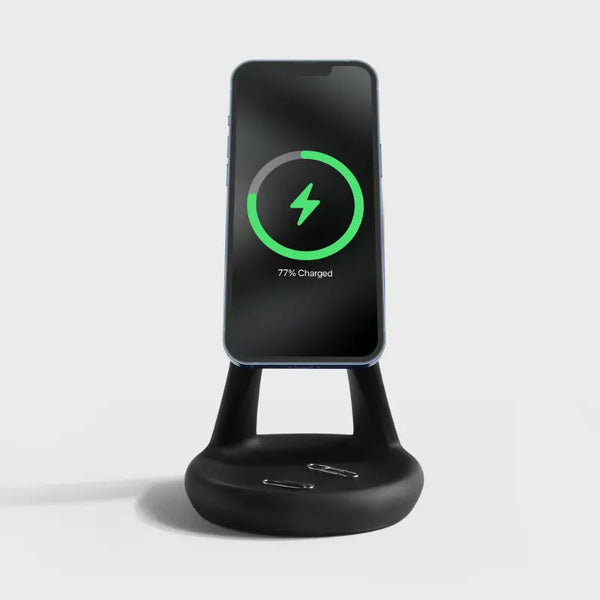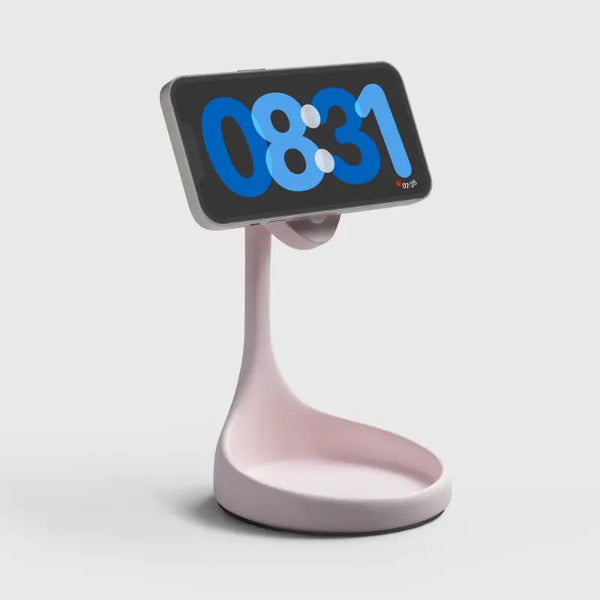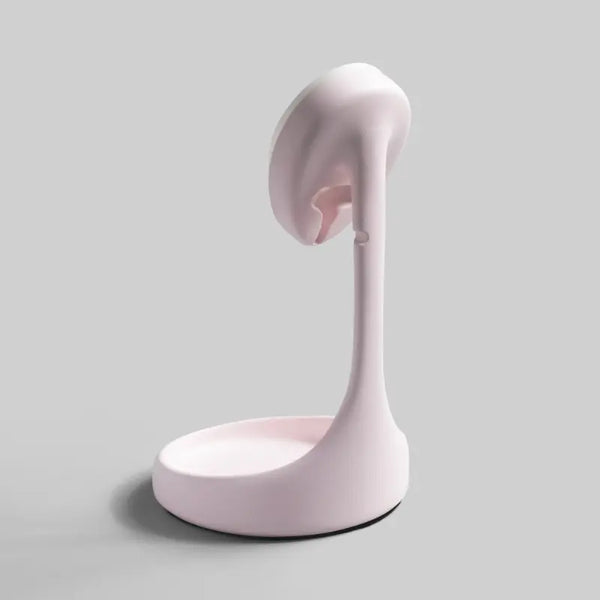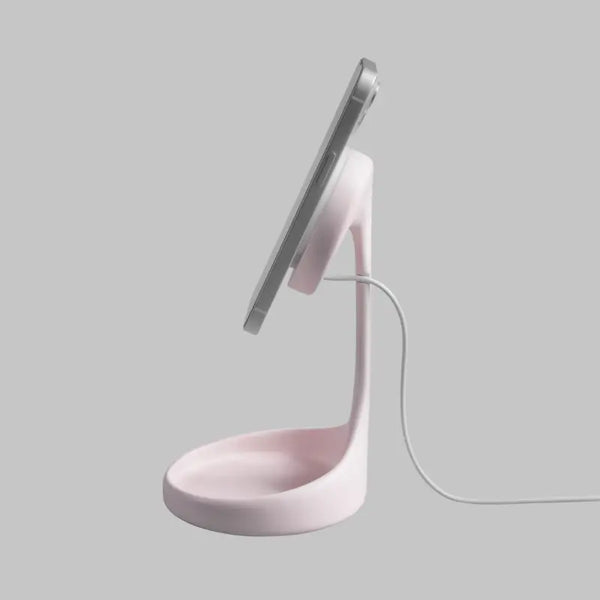A "
Keyboard Wrist Rest" is a device used to support your wrists while typing or when using a computer mouse.
Why Use a Wrist Rest
When you’re at work 40 hours a week or more, it’s imperative that you’re taking your health into consideration as you work. Wrist rests are an essential component of an ergonomic-centric workflow. When your wrists are continuously resting against the hard surface of your desk, they will be put under pressure which will cut off blood flow to your wrists and cause tissue damage.
Instead of relying on your desk for support, consider a wrist rest. The keyboard will move your wrists and forearms into the desirable neutral typing position to help reduce carpal tunnel syndrome and other repetitive strain injuries, making your typing more productive and less detrimental to your body. Keyboards will also alleviate pressure from your shoulders and keep your wrists from bending backward. Wrist rests will keep you in a good position in between typing. At the end of the day, you will notice the positive difference these small changes will have on your body.
Do Keyboard wrist rests work?
Debate surrounds the use of wrist rests for workers who keyboard and perform other repetitive tasks with their hands from a sitting position for extended periods.
On one side of the debate, it is known that leaning the wrists on a wrist rest or the edge of the desk for long periods can put a lot of pressure on the undersides of the wrists. This pressure may cause carpal tunnel syndrome (CTS) to develop. On the other hand, evidence shows that wrist rests alleviate tension in the neck and shoulders.
Both views can be challenged.
Why is there a debate?
Contact between the wrists and the wrist rest, if too frequent or too heavy, can indeed cause problems due to excessive pressure on the delicate tendons on the underside of the wrist, and has been known to result in CTS and tenosynovitis (inflammation of the sheath surrounding tendons). This resulting condition may be what has led people to believe that wrist rests should not be used. However, in other cases, individuals without a wrist rest would place their wrists on the sharp edges of the desk. In these cases, a softer wrist rest would help lessen the pressure.
A worker with a properly adjusted chair and desk might need only very light wrist support, if any. It is important to make sure that wrists do not rest on the desk, or too heavily on a wrist rest. However, even minimal support for the forearms or wrists with arm rests and wrist rests can take a lot of muscular tension out of the neck, shoulders and arms, without subjecting other parts of the body to unnecessary pressure or strain.
Should I get a wrist rest?
The aim is to keep your wrists in a neutral position (not bent up or down). If used, any rest device should be selected as part of an ergonomically-designed workstation. When choosing a rest, OSHA (U.S.A.) suggests that:
-
Reduce bending of the wrists by adjusting other workstation components (chair, desk, keyboard) so the wrist can maintain an in-line, neutral posture.
For tasks that involve working with shoulders raised, elbows held out, arms held forward and wrists held up (as in typing, micro-electronics assembly, etc.), any means of reducing muscular tension is important in preventing musculoskeletal injuries.
One's personal preference for using or not using a wrist rest is a very significant factor. Workers who choose not to use them while actually performing their tasks may opt to just use them for a rest break, between tasks. An adjustable workstation which is suited to the individual using it is essential.
Common Materials for Keyboard Wrist Rest
Memory foam wrist rest
Memory foam is a soft material made from polyurethane. It’s known for being soft yet durable and is used for supportive products, such as mattresses, sofas, and car seats.
There are different types of memory foam, including the traditional and gel-infused types. Traditional memory foam retains heat from the user’s body and molds to its shape. Memory foam wrist rests provide ample cushioning and sometimes conform to the shape of the user’s wrists.
Gel-infused memory foam has better cooling properties than traditional memory foam. This type of memory foam is infused with heat-resistant gel beads or liquid to absorb body heat. When this technology is applied to wrist rests like HyperX’s, it offers the same comfort as traditional memory foam but stays cool after long use.
Memory foam wrist rests are common among high-end gaming keyboards because of their comfort and support. The soft memory foam absorbs the pressure of the hands to provide more comfort. Its softer feel is also generally preferable to the hard surface of a desk.
There are also a couple of disadvantages to memory foam wrist rests. Some versions can be expensive, especially if they are gel-infused. Other memory foam wrist rests can absorb sweat and odors and may need regular cleaning.
Wood Keyboard Wrist Rest
Companies like
Craft Kitties sell wood wrist rests as an alternative to memory foam and gel options.
Wooden keyboard wrist rests are harder than memory foam alternatives and don’t have a soft-touch feel to them. They provide firmer support and often have a smoother surface with less friction. Unlike memory foam wrist rests, wooden alternatives don’t get worn out as easily and are resistant to sweat and odors. They are also easy to clean, only requiring a wipe down with a damp cloth.
Wood wrist rests have a couple of major disadvantages. Many users don’t like the hard feel of wooden wrist rests and find them to be uncomfortable. This type of wrist rest can also be more expensive than memory foam alternatives, depending on the make and model.
Most wood wrist rests are aftermarket products. It’s not common at all for keyboards to come from the factory with a wooden wrist rest, and users have to purchase them separately.
Gel wrist rest
Gel wrist rests have a soft gel interior with either a plastic or leatherette exterior. Gel wrist rests are soft and offer ample support, making them very comfortable. Instead of molding to the hand’s shape like memory foam, they have a bouncier feel and return to their usual shape as soon as the user lifts their arm.
One of the benefits of gel wrist rests is that they don’t retain heat like memory foam options and stay cooler for longer. Gel wrist rests are also less susceptible to absorbing sweat and odors compared to memory foam alternatives. Like wood alternatives, gel wrist rests are typically easier to clean, but it depends on whether the exterior is plastic or fabric.
Similar to all the other wrist rest types, gel products have some drawbacks. Some users don’t like the feel of plastic-coated versions because it isn’t soft like fabric. Another concern is durability. If gel wrist rests get punctured, they can potentially leak and damage other peripherals or components, although this is unlikely.
Plastic wrist rest
Plastic wrist rests are hard, like the wood options, and don’t feature a soft touch. They are often flatter than gel and memory foam options and offer minimal support compared to the other types.
The main benefit of plastic wrist rests is their low price. They are easy to manufacture and cost less than the other wrist rest types. Many manufacturers integrate plastic wrist rests into their designs for this reason. While plastic wrist rests aren’t the softest, they have less friction, and it’s easier for users to slide their wrists along them. Plastic wrist rests don’t absorb moisture and are easy to clean compared to memory foam and some gel options.
While plastic wrist rests often come as standard with certain keyboards, there aren’t as many aftermarket options as the memory foam and gel alternatives. Most buyers prefer investing in memory foam or gel options rather than buying cheaper hard plastic wrist rests.
Resin wrist rest
Resin wrist rests often come in a range of stunning colors to brighten up a setup. This type of wrist rest is made from clear epoxy that can contain wood or other materials. The exterior is often transparent, with a glossy feel. While there are plenty of resin wrist rests available for purchase, there are also many molds available online to help users to make their own.
This type of wrist rest has a lot in common with wood alternatives. Both types aren’t often sold together with keyboards and are aftermarket upgrades. Resin wrist rests also have a hard feel like wood with low friction. The hard surface provides good support but isn’t as comfortable as gel or memory foam.
Many of the benefits of resin wrist rests are also similar to the wood options. Resin wrist rests are resistant to sweat and odors and are easy to clean. Another huge benefit is that users can make their own wrist rest at home and customize it to their tastes.
Conclusion
When it comes to choosing the best material for a wrist rest, the two most beneficial options are memory foam and gel. These types of wrist rests are supportive and have a softer touch that’s comfortable for hours of use. Some users may prefer looks to comfort and opt for the elegance of a wood or resin wrist rest, while budget-conscious buyers may sick with a plastic alternative because it provides basic support at a low price. Users looking for a colorful wrist rest to stand out can consider resin options as long as they don’t mind its harder surface.
There’s no right or wrong answer when choosing a wrist rest, and the decision comes down to personal preference and budget.








